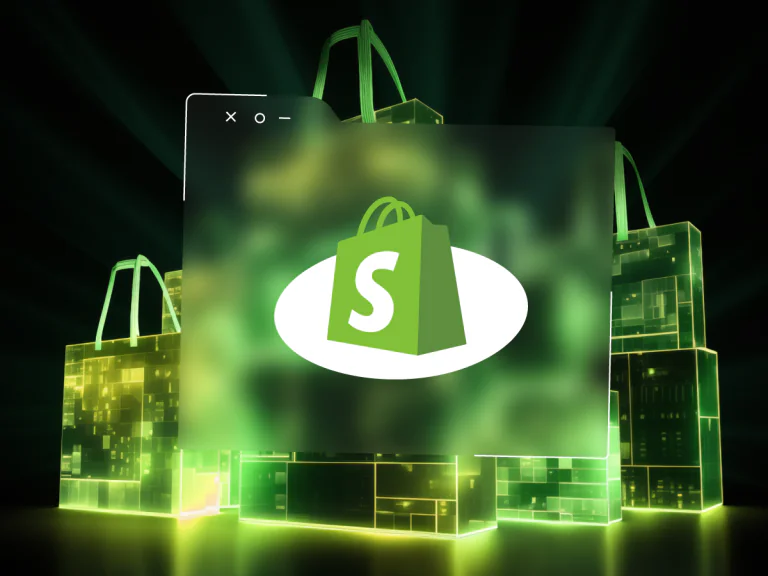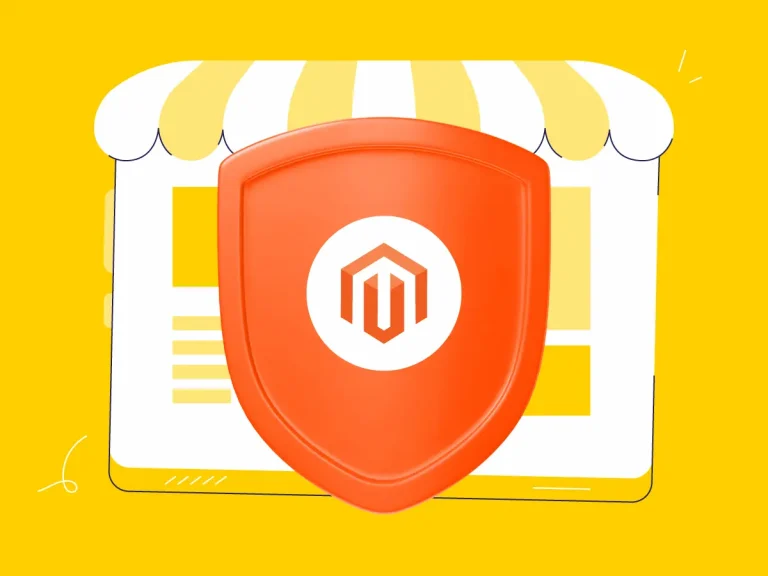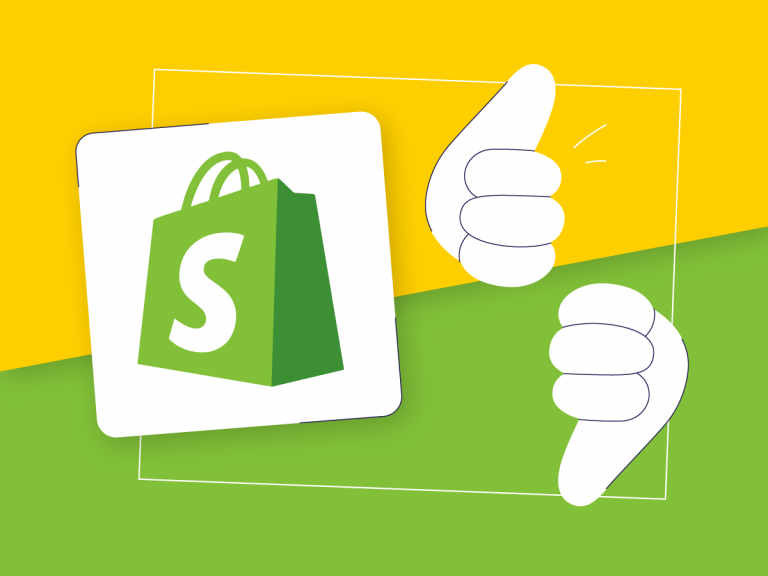READING TIME: 9 mins
What Is Shopify And How Does It Work In 2024
December 14, 2023

Alex Kornyk
CEO, Magento, PHP, and DevOps expertise

If you want to create an online store, you have several options. The first is to develop it from scratch. This is long and expensive. The second is to use a website builder. It’s quick and inexpensive but requires a lot of effort to add payment options, analytics, and so on.
The third option is to create a store on the Shopify platform, which has everything you need to launch, develop, and manage a website of any size.
What are the rules and limitations in 2024? What kind of business is this platform for?
We are about to explain Shopify.
Ready to start building an online store on the Shopify platform?
What is Shopify used for?
Shopify is a platform that brings all your commerce together in one place. You have a store from which you can sell:
-
on the web
-
on mobile devices
-
on social networks and marketplaces
-
on other sites via the buy button
-
in person, in brick-and-mortar stores, and in pop-up shops
In other words, one platform takes you to different places. It’s like having a store with many entrances: swing doors, revolving doors, underground passage, or drive-through service. People come in from wherever they feel comfortable, but they enter a single information space. So data about purchases, profits, product sales, etc. is stored centrally.
Shopify stores are suitable for selling both goods and services. You can also sell digital products such as music, e-books, and NFTs because the platform supports file uploads.
However, some categories of goods cannot be distributed there. What Shopify does not allow to sell as of 2024?
-
products with age restrictions (tobacco, alcohol)
-
gambling
-
drugs, including cannabis
-
cars and their parts
-
weapons
-
medical devices
-
means of payment, etc.
The complete list is available here.
How does Shopify work for sellers?
As a seller, you need to manage products, inventory, payments, and deliveries every day. Typically, these are all different online services that need to be connected to the website. This can be time and effort-consuming. So Shopify brings these technologies together as a SaaS platform.
This means that your store is in the cloud and you pay a monthly subscription to use it and its tools. Domain and hosting are included in the subscription. All server maintenance is handled by Shopify, and they currently provide 99.99% uptime.
You can use one of three main subscription plans: Basic for $32 / month, Shopify for $92 / month, and Advanced for $399 / month. There is also Shopify Plus for corporations starting at $2000 / month. The difference is in the depth of the reports, the number of inventory locations, and staff accounts. The price may vary depending on the location of the business.
Can I create a store using Shopify on my own?
Shopify positions itself as a platform where anyone can build a store without knowing how to code. This is possible, especially if you need a small store with a few products. Generally speaking, creating a store is as follows:
-
Registration
-
Adding products or services to the catalog
-
Setting up payments
-
Setting up shipping and taxes
-
Connecting sales channels (social networks, online marketplaces, etc.)
-
Launch and start selling
How do you use Shopify at this stage? You can manage all orders through the Shopify dashboard. You can create barcodes and shipping labels, track orders, insure deliveries, and more. If you are missing a feature, you can get it free or purchase it from the Shopify App Store. For example, if you want to add a chat, loyalty program, wishlist, etc., just install one of the 8000+ apps.
This means that you can get everything your store will need during its lifecycle on one platform.
Should I hire an expert to build my Shopify shop?
It all looks easy. So why do some companies offer the service of creating a store on Shopify? And why does Shopify itself recommend hiring third-party specialists if necessary?
First, to create a truly unique interface. Some websites just stick in your mind, right? You can probably remember what the Amazon website looks like. And if you’ve ever been to a Swarovski site, you’ve probably got a pretty clear association in your head:
Swarovski = Sophistication
If you want something unique for your store, you need to change the theme code. That requires a programmer.

Jewels, gold, shine — it all sticks in your mind
Second, create the proper structure from a marketing standpoint. Shopify’s builder is flexible: you can add or swap blocks on your site by simply dragging them with your mouse.
But for a website to attract customers, it needs to be built according to the principles of effective UI/UX. You need to predict how the customer will behave on the site and set up “traps”: calls to action, contact forms, buy buttons, etc.

Each screen of the American Eagle website contains a call to action or button that encourages you to dive into the catalog
Third, for effective sales and optimization. Your website should not only satisfy your customers but also Google. Loading speed, image quality, and SEO settings are important. They determine whether your store will show up in Google searches.
Learn how Alva can develop your efficient Shopify store that is easy to manage
Overview of Shopify’s key features and functionalities
The functionality and interface of your store is limited only by your imagination. So what does Shopify offer? Here are 9 key Shopify store features that a) are not typical of many other website builders, and b) usually require a lot of effort to implement. But not in this case.
1. Built-in SEO tools
About half of all users start their shopping journey with search engines like Google. This means you have to aim for the top — the top of the search results. And Shopify does some of the technical optimization work for you. It generates and adds canonical tags, sitemap.xml and robots.txt files, and title tags that include your store name to your pages.
2. Payment integrations
You can accept over 150 payment methods, including credit cards, cryptocurrencies, e-wallets, and more. Your customers can also pay for goods or services in installments if the order amount is between $50 and $17,500.
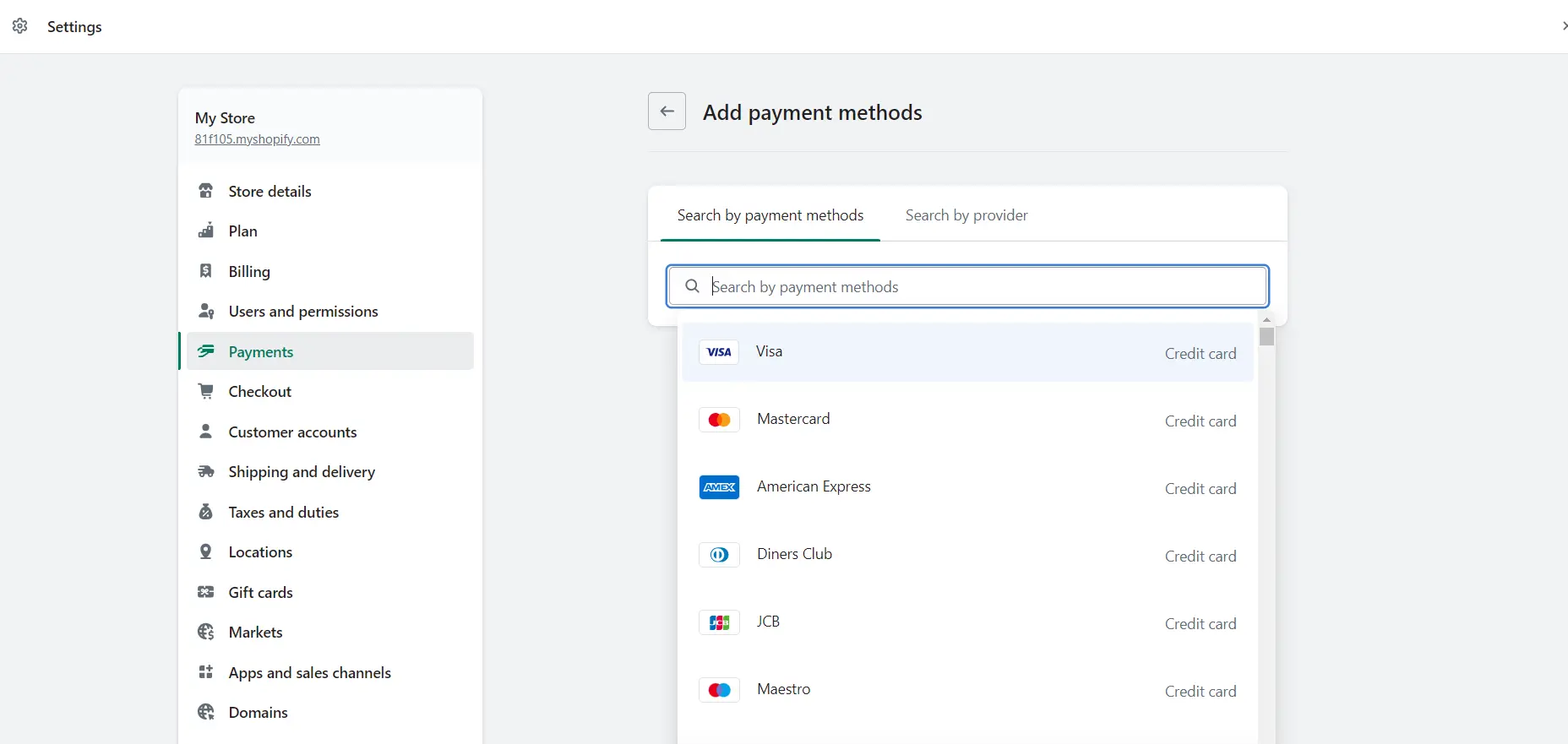
Shopify payment methods
3. Omnichannel selling
Omnichannel selling allows companies to be where their customers are. Are your clients always on Facebook? Great, sell your products there. Omnichannel marketing increases purchase frequency by 250%. It helps retain an average of 89% of customers, compared to only 33% for traditional marketing.
With Shopify, you can easily sell across various sales channels, including social media platforms like Facebook and Instagram and marketplaces like Amazon and eBay.
4. Order tracking
91% of consumers actively track their packages. 39% check the status of their orders once a day and 19% do it several times a day. Shopify has functionality for tracking and sending information about the shipment status. An added benefit is that people repeatedly come to your site. And this is where you can attract them with additional products.
5. Inventory management
The platform provides tools to monitor and track inventory levels and automatically update stock availability to prevent overselling. This means you can replenish your inventory promptly. Plus, you won’t annoy customers who get a letter instead of a purchase saying “Sorry, the product you selected is out of stock.”
6. Marketing and promotions
You can create discount codes, run email marketing campaigns, and set up sales promotions to attract and retain customers. In Shopify, simple tools, including built-in, are responsible for these. They help you sell more.
For example, 93% of customers use a discount coupon during the year. Moreover, they are happy to buy more when you offer them. Instead of discounting one product, offer two complementary products at a lower price. It works, and the age-old shampoo and conditioner combo is proof.
7. Abandoned cart recovery
70% of users add an item to their cart but don’t complete the purchase. Abandoned carts are stored in the Shopify admin for three months. Analyze them to identify patterns: when people abandon carts most often, with what products, etc.
Then try to get them back to shopping by sending reminder emails. Shopify has found that the most effective times to send reminders are 1, 6, 10, and 24 hours after a shopping cart abandonment.
8. Customer reviews
75% of your customers look for reviews before making a purchase. This is still one of the most powerful forms of social proof. Shopify allows you to display customer reviews and ratings on product pages, helping to build trust and credibility.
Some of these features are built-in, while others are available after purchasing the add-on in the Shopify App Store (e.g. automated abandoned cart reminders).
9. POS (Point of sales)
When a store manager runs your product through a computer, they are using a POS. This is a system that accepts payments, tracks inventory, and synchronizes information about products in the physical and online stores. Shopify has one, and it will be useful for those who sell online and offline at the same time.
10. Using AI to optimize processes
New personalization options, ease of inventory management, automated generation of high-quality content. Use Shopify AI and optimize operational and technical processes.
How exactly? Find out in our recent article with lots of practical tips.
Benefits of using Shopify
In general, the benefits of Shopify are ease of use, security, flexibility, and support. This allows entrepreneurs to create successful online stores and focus on growing their businesses.
Quick store setup
Creating a simple store with a standard theme and a small catalog is a matter of hours. Creating a custom site with developer involvement takes longer — on average 350 hours. But by comparison, it can take 3 to 9 months to build an online store from scratch.
User-friendly interface
The inside of your store looks like a page on a social network. You simply flip through the tabs on the sidebar and perform the necessary actions. Usually, all you have to do is fill in the fields provided or drag and drop blocks with your mouse.
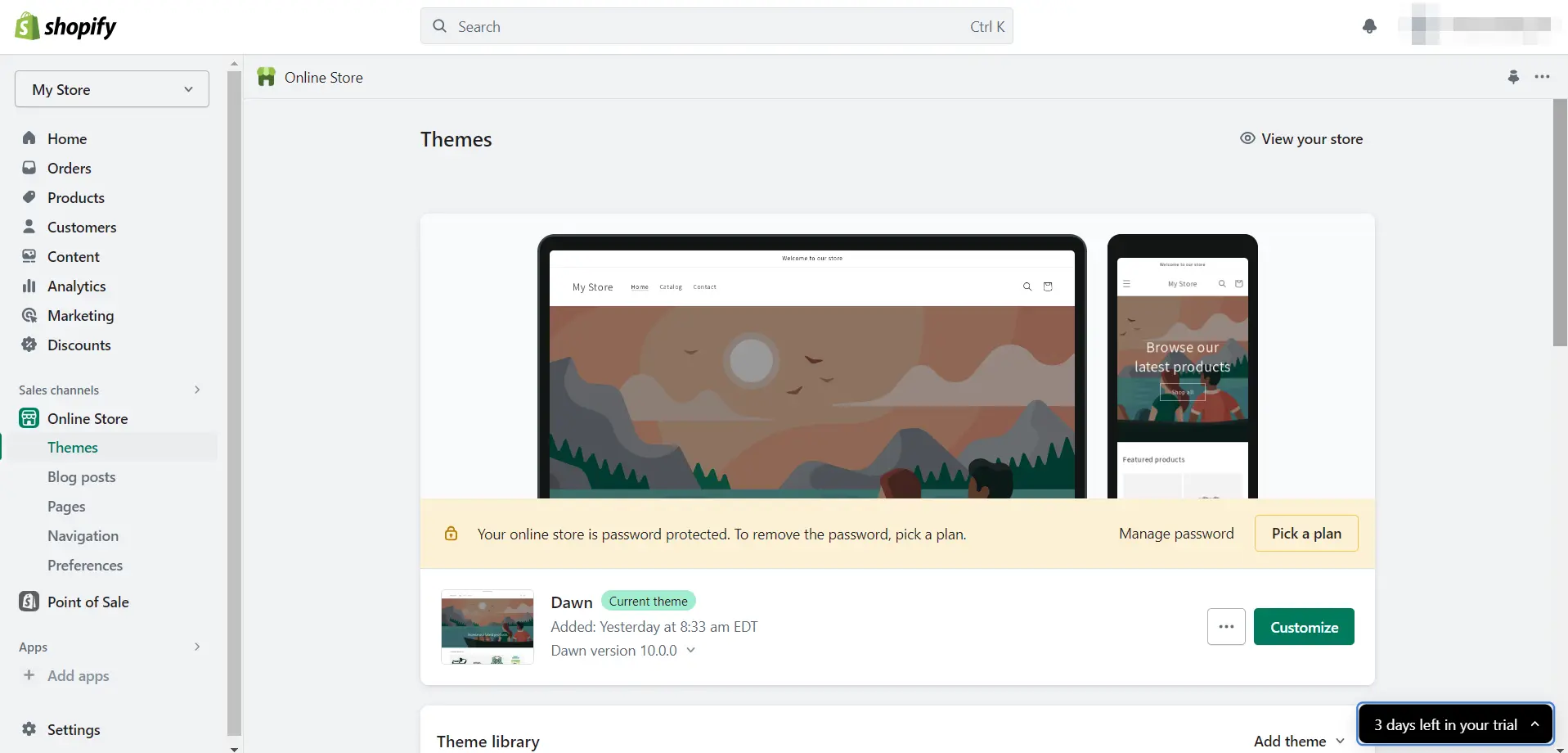
The control panel of the store is intuitive
24/7 customer support
You can ask a question via live chat, forum, or email. No matter what time zone you live in, there’s always a consultant available.
Scalability
You can host a store of any size, from small startups to large enterprises. The platform can handle the increase in traffic and order volume as your business grows.
Seamless updates
Your store is automatically updated without any manual intervention. Shopify updates and improves the platform every day. When a new e-commerce trend or need emerges, Shopify usually implements it almost immediately.
Shopify overview: Conclusion
Despite the advantages, Shopify is not a magic pill that will solve all of your business’s tasks. It is your responsibility to create a winning positioning and a competent UI/UX, marketing, advertising, and analytics. But Shopify gives you all the tools you need to meet these challenges.
Get a free consultation on your future store on Shopify by Alva
FAQ
Featured Articles
Take a look at our latest blog posts to find out more about how our collaboration can empower your eCommerce business


